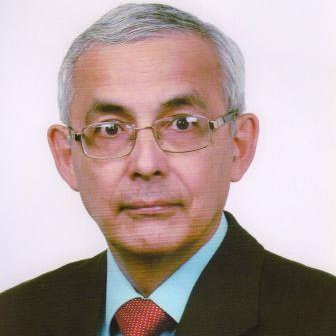Effect of Ultrasound on the Structure and Properties of Metallic Materials
A special issue of Metals (ISSN 2075-4701).
Deadline for manuscript submissions: closed (15 September 2023) | Viewed by 11266
Special Issue Editor
Interests: dislocations; disclinations; grain boundaries; nanostructured materials; severe plastic deformation; superplasticity; ultrasonic treatment of materials; ultrasonic metal welding; molecular dynamics simulations
Special Issue Information
Dear Colleagues,
Processing via ultrasonic waves has found numerous applications in the metallurgy and treatment of materials. Started since 30-ths of the last century, the ultrasonic irradiation of metal melts has grown to a mature technology providing grain refinement, structure uniformity and high mechanical properties of cast metals and alloys. Ultrasonic surface treatment, strengthening, disintegration, cutting, machining, and cleaning are also well established industrially used technologies. The acoustoplastic effect was first discovered by Blaha and Langenecker in 1955 and is used in metal working processes such as forging, pressing, rolling, drawing etc. Ultrasonic metal welding, which is one of the widest applications of high intensity ultrasound, has recently given rise to a new branch of additive technology, ultrasonic consolidation. Ultrasound-assisted severe plastic deformation methods for the processing of ultrafine grained materials are emerging. New directions of applications of moderate and high intensity ultrasound for the modification of the properties and processing of metals are developed. The improvement of existing ultrasonic materials technologies and the development of new ones require studies of the effect of ultrasound on the structure and properties of metals and alloys via modern experimental techniques and modeling and simulation methods. This Special Issue aims to collect papers containing the results of original studies, either by experimental or simulation methods, or reviews, on all aspects of the effect of ultrasound on the structure and properties of metallic materials.
Dr. Ayrat Nazarov
Guest Editor
Manuscript Submission Information
Manuscripts should be submitted online at www.mdpi.com by registering and logging in to this website. Once you are registered, click here to go to the submission form. Manuscripts can be submitted until the deadline. All submissions that pass pre-check are peer-reviewed. Accepted papers will be published continuously in the journal (as soon as accepted) and will be listed together on the special issue website. Research articles, review articles as well as short communications are invited. For planned papers, a title and short abstract (about 100 words) can be sent to the Editorial Office for announcement on this website.
Submitted manuscripts should not have been published previously, nor be under consideration for publication elsewhere (except conference proceedings papers). All manuscripts are thoroughly refereed through a single-blind peer-review process. A guide for authors and other relevant information for submission of manuscripts is available on the Instructions for Authors page. Metals is an international peer-reviewed open access monthly journal published by MDPI.
Please visit the Instructions for Authors page before submitting a manuscript. The Article Processing Charge (APC) for publication in this open access journal is 2600 CHF (Swiss Francs). Submitted papers should be well formatted and use good English. Authors may use MDPI's English editing service prior to publication or during author revisions.
Keywords
- ultrasound
- ultrasonic treatment
- ultrasonic welding
- ultrasonic consolidation
- microstructure
- mechanical properties
- ultrasonic metal forming





